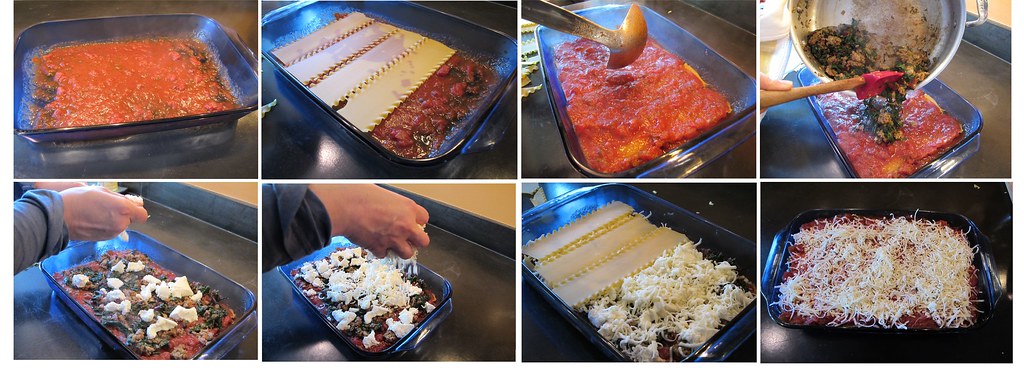It comes with a warning - do not try this if you don't want to crave it on almost every chilly, wintry day.
Creamy Rosemary Potato Gratin
serves 6
3 pounds Russet potatoes
1 1/2 cups heavy cream
1/4 cup finely chopped shallots (sub onion if you can't find shallots)
4 cloves garlic, minced
2 bay leaves
1 1/2 T finely chopped fresh rosemary
1 8oz block of cream cheese
1/2 cup whole milk
1/2 t paprika
salt & pepper to taste
3/4 cup grated Parmesan
1/4 cup fine bread crumbs
- Preheat the oven to 325. Oil the bottom of a 9x13 pan.
- Peel and very thinly slice the potatoes. To keep them from turning brown as you work, put the slices in a bowl and toss with 3/4 cup of cream.
- Melt the butter in a large frying pan then add the shallots and garlic. Saute until soft and just starting to get a brown edge or two.
- Add the bay leaves, rosemary, remaining cream, cream cheese (break it into little chunks), paprika, salt and pepper. Whisk it until the cream cheese melts and the sauce is smooth.
- Toss the sauce gently with the potatoes.*
- Dump everything in the 9x13 pan and smooth out any potatoes that are sticking up. You don't need to do a fancy scalloped potato layering job, but you also don't want major air pockets.
- Sprinkle with the Parmesan and then the bread crumbs.
- Bake until the potatoes are tender and the top is golden and bubbly - a little over an hour.














































